Life Sciences & Healthcare
Design medical products with solutions for optimal fit, performance and compliance standards.
You've Got Questions, We've Got Answers
While you are waiting, check out our Resource Center or read our Blog!

Design to Manufacture in Life Sciences & Healthcare
Companies in the Life Sciences and Medical space are utilizing additive manufacturing to create safe and reliable products that dramatically improve people’s lives — helping them to regain function and live longer with a higher quality of life.
Behind the scenes, the software, services, and hardware utilized by these companies support initiatives to improve life for all of humanity – that level of better engineering starts here.
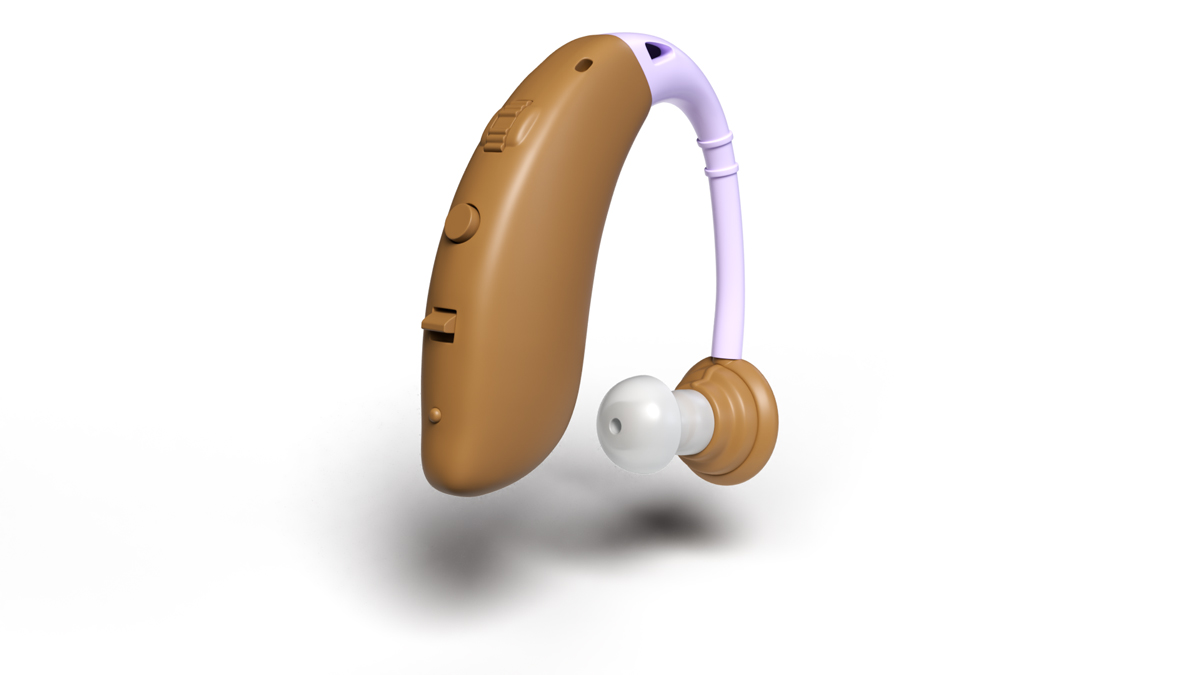
Better Engineering Starts Here
Ensure Optimal Performance and Maximum Patient Safety
Easily Ensure Regulatory Compliance
Accelerate Product Development with a Data-Driven & Interconnected Ecosystem
Speed up product development with a data-driven, model-based ecosystem. Unlock new insights, like printing biocompatible materials for unique patient scenarios.
Life Sciences & Healthcare Hardware

Formlabs Fuse

Artec 3D Scanners
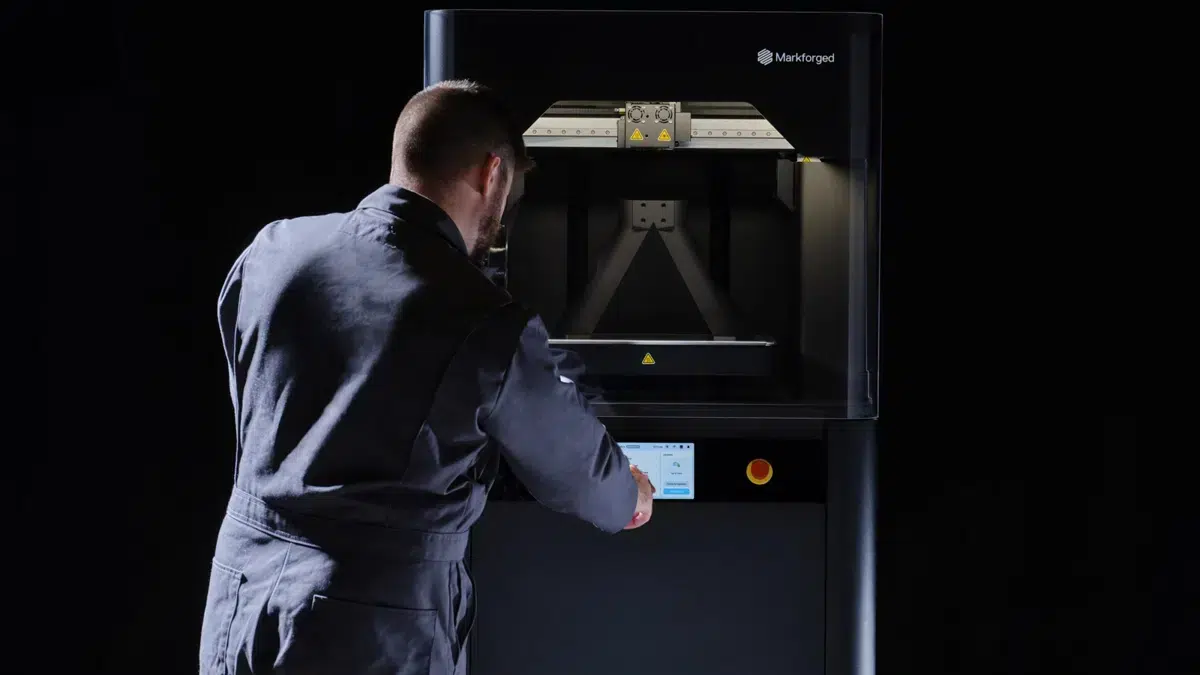
Markforged 3D Printers
Life Sciences & Healthcare Software

PDM and PLM Solutions
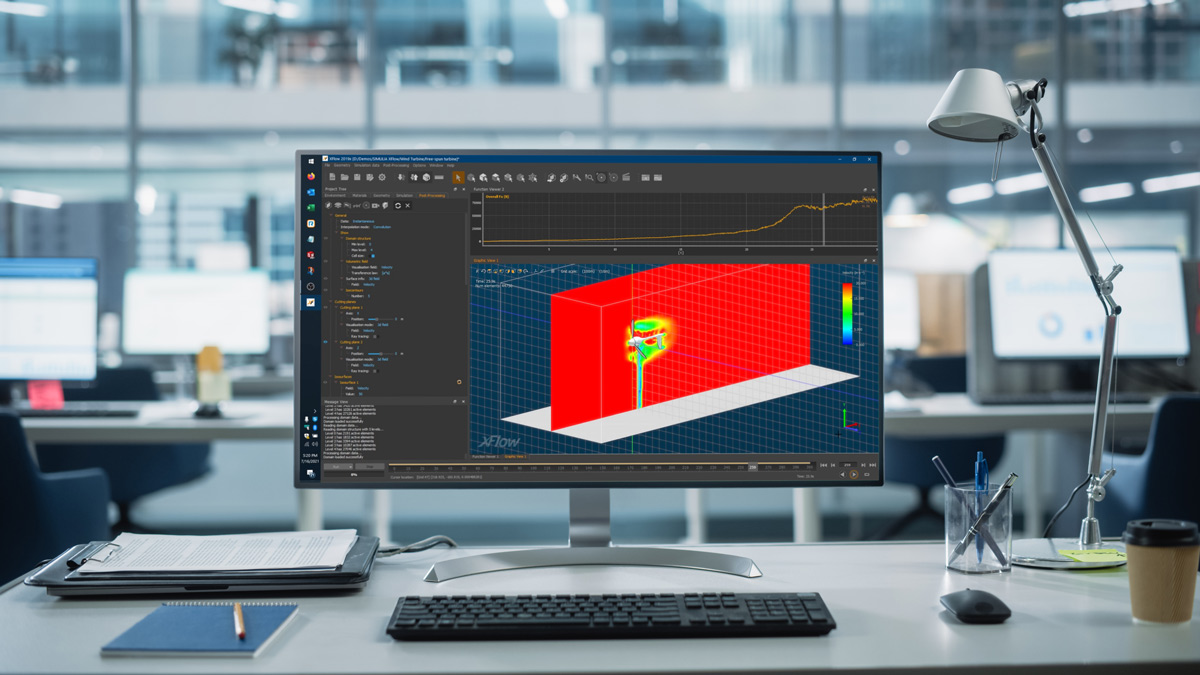
Computational Fluid Dynamics

Advanced FEA Simulation

Electromagnetic Simulation
Manufacturing Solutions for Life Sciences & Healthcare
At Hawk Ridge Systems, we offer more than unparalleled services, training and powerful solutions. We provide our customers with two manufacturing options for their needs: 1) purchasing the best tools for an in-house manufacturing team or 2) working with our experienced manufacturing partner, A3D Manufacturing, to outsource production needs.
A3D Manufacturing is a great option for organizations without in-house manufacturing teams. It is ISO 9001 certified and offers various additive manufacturing techniques, rapid prototyping options, CNC machining, injection molding, cast urethane and post-processing services.
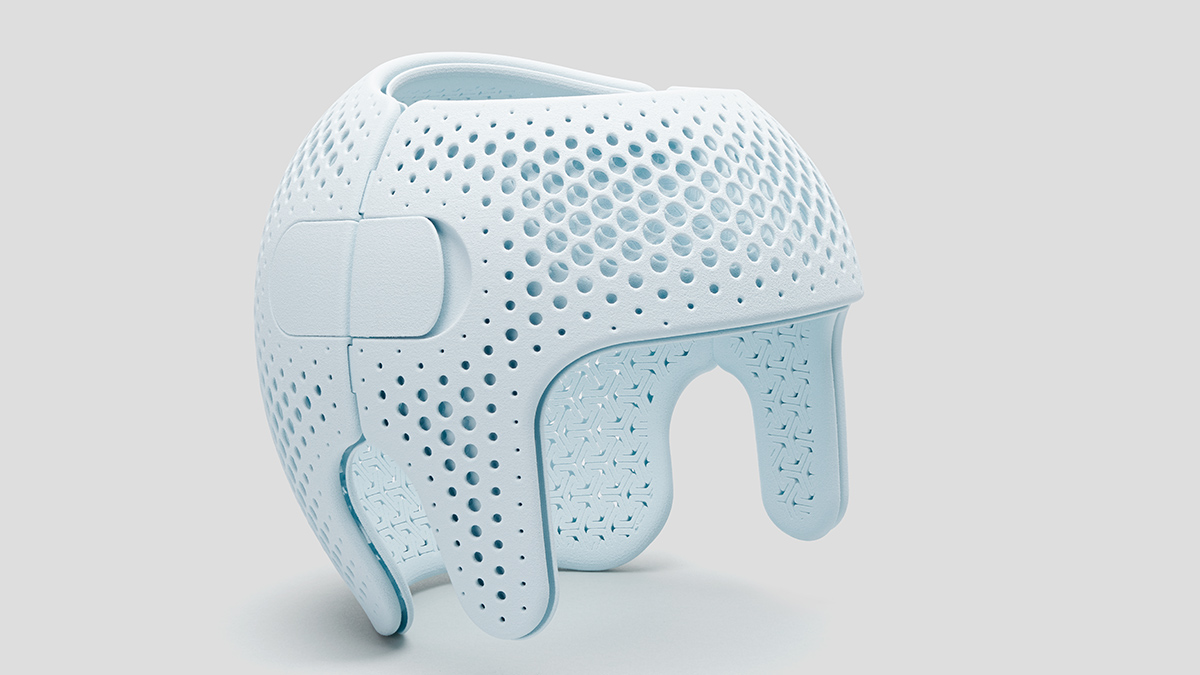
Services & Customer Benefits
Technical Support
Our technical support team is comprised of mechanical engineers, electrical engineers, and computing specialists who provide best-in-class on-call support and Ask-an-Expert sessions when you need it the most.
Unmatched Training
We’re one of the largest engineering training providers in the world, offering both online and on-demand training so your team knows how to get the most out of your software.
Professional Services
Our dedicated Services team ensures a swift start with our design solutions, offering complete implementation, onboarding, consulting, and efficient upgrades for new mechanical design software.
Subscription Support
Frequently Asked Questions
Early adopters of 3D printing or additive manufacturing technologies include the pharmaceutical and medical device industries.
Pharma and medicine use additive manufacturing to create products at scale, including anatomical models, surgical guides, prosthetics and implants, and even personalized drugs. They benefit from lighter, easier-to-produce parts at a fraction of the cost while ushering in huge patient advantages — the same features that additive manufacturing brings to other industries, such as automotive and aerospace.
Some of the most important use-cases for medical 3D printing include rapid prototyping, point-of-care solutions, serialization for regulatory compliance and ensuring no disruptions in production will occur like supply chain constraints or issues.
3D-printed medical devices allow for customization, complex geometry, rapid prototyping, reduced waste and innovative design flexibility.
Manually constructed medical devices using traditional manufacturing include issues like limited customization (bad fit and lower performance), complexity restrictions (no capability for complex geometries, which hinders innovation), and labor-intensive processes which result in higher costs and longer production times.
Life sciences and healthcare companies use 3D printers such as the HP Multi Jet Fusion 3D printers (particularly the 5420W for white parts), the Formlabs Fuse 1 selective laser sintering (SLS) 3D printer and Artec 3D Scanners.
Many companies use additive manufacturing to scale up their medical device production process.
Stryker Corporation and Johnson & Johnson, for example, use 3D printing for implants and surgical and patient-specific instruments.
Life sciences companies create anatomical models to improve operating procedures, surgical training and much more, resulting in better patient outcomes and reduced OR (operating room) time.
In addition, using additive manufacturing for medical devices like orthotics and prosthetics means customization to fit patients’ specific needs, ways for patients to avoid post-operative bone-graft surgeries, see less interoperative bleeding and, in general, have better patient outcomes.
Another value driver for additive in healthcare is the advent of personalized drugs with unique dosing requirements for specific patient needs.
SOLIDWORKS is the go-to solution used by medical and healthcare companies for mechanical design and simulating how their products will work in the real-world with analysis solutions that help to ensure product safety and optimal performance. They use software like SOLIDWORKS Flow Simulation to optimize fluid delivery (for example, catheters) or improve the thermal performance of medical device products. Finite element analysis solutions, such as SIMULIA Abaqus, are used to validate the performance and safety of medical devices made of hyper elastic materials (for example, stents.)
These tools help reduce design time, errors and communication delays and help create more competitive medical products.
Companies in this industry often implement these tools alongside data management systems like SOLIDWORKS PDM and the 3DEXPERIENCE Platform to set them up for success with compliance and FDA audits.
Using finite element analysis (FEA) and flow simulation software can reduce prototype costs, reduce material waste, optimize and validate the design and shorten the time to get a product on the shelves.
The most important ROI for this type of software is reducing the likelihood of a product recall, which could cost a company billions of dollars if a lawsuit is involved.
Life Sciences & Healthcare
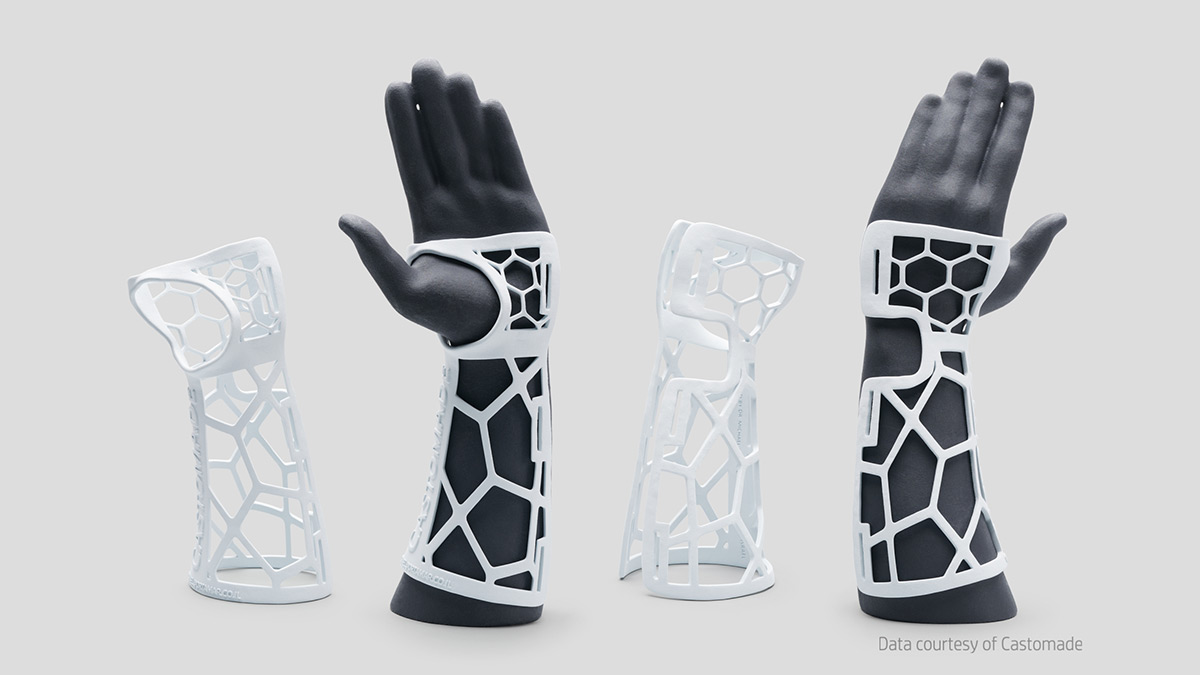
Essential Steps for Successful Medical Device Design
Download Whitepaper
Tips to Optimizing Your Medical Device Workflows
Read Article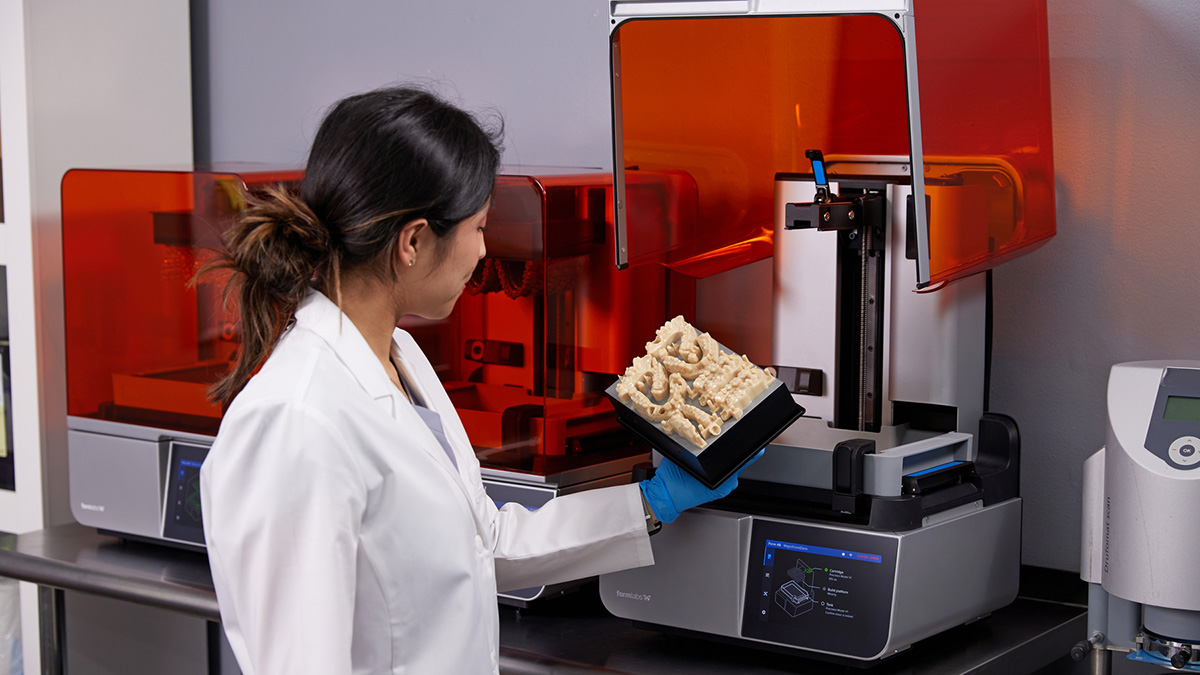
3D Printing Changes the Game for the Medical Industry
Download Whitepaper
